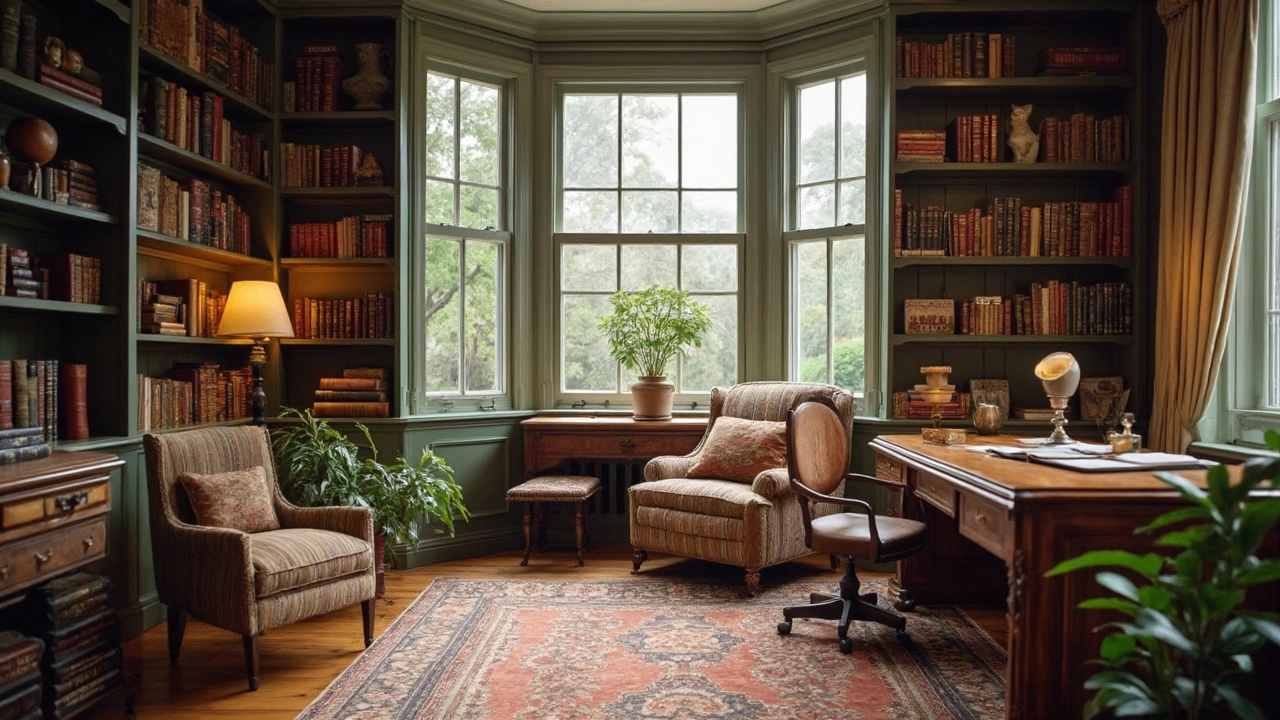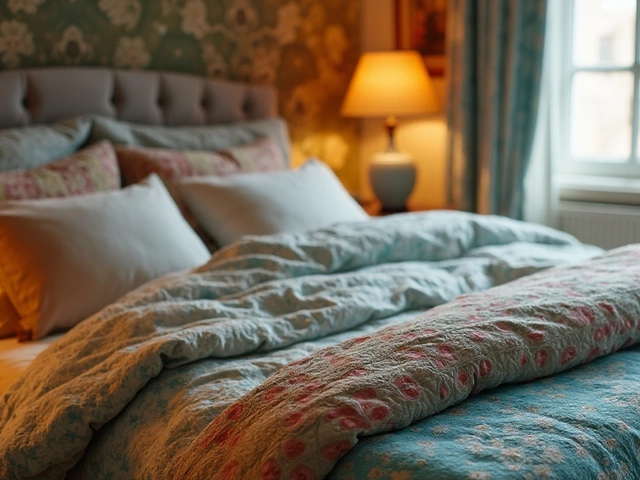Plywood: Practical Ideas, Types, and Buying Tips
If you’ve ever walked into a hardware store and stared at a pile of wooden sheets, you’ve probably wondered which one is worth your time. Plywood is the go‑to material for a lot of home upgrades because it’s strong, cheap, and works with most tools. Below you’ll find the basics, the most common grades, and a handful of projects you can start this weekend.
Common Plywood Types and When to Use Them
Not all plywood is created equal. The easiest way to tell the difference is by the letters on the back – A, B, C, or D – and the number of layers (or plies). A‑grade is the smoothest and best for visible surfaces like cabinets or shelving. B‑grade has a few knots but is still fine for interior walls. C‑grade is rougher and works great for underlayment or sub‑floors. D‑grade is the cheapest and usually reserved for temporary structures.
Another factor is the wood species. Birch and maple give a light look and are great for furniture. Pine is cheap and easy to paint. If you need extra moisture resistance, go for marine‑grade plywood, which uses waterproof glue and is the top pick for bathrooms or outdoor projects.
DIY Projects You Can Start With Plywood
Got a weekend free? Here are three simple ideas that need only a sheet of plywood, a saw, and a couple of screws.
1. Floating Shelf – Cut a board to your desired length, sand the edges, and attach hidden brackets to the wall. It’s a quick way to display books or plants without bulky hardware.
2. Simple Coffee Table – Use two 1‑inch thick sheets for the top and bottom, and a few 2x4s for legs. You can paint, stain, or leave it raw for an industrial look.
3. Garden Planter Box – Build a rectangular box, line the inside with landscape fabric, and add a drainage hole. Plywood holds up well outdoors if you seal it with a weather‑proof finish.
All three projects use the same basic steps: measure, cut, sand, assemble, and finish. You’ll find that the more you work with plywood, the more comfortable you become with its quirks.
When cutting, always work on the side marked “face” – that’s the smoother side you’ll be showing. Use a fine‑tooth blade for cleaner cuts and avoid splintering. If you’re painting, a light sanding between coats helps the finish stick.
Safety tip: wear eye protection and a dust mask. Plywood dust can irritate the lungs, and the splinters can be sneaky.
Now that you know the types and a few starter projects, the next step is picking the right board. Measure the space you’re covering, then add a few extra inches for mistakes. If you’re unsure about the grade, ask a staff member – they can point you to the right sheet for your job.
Buying tip: Look for sheets that are flat and free of warping. Warped boards can cause trouble later when you try to level a shelf or fit a tabletop. If you spot a few dents, it’s usually fine for hidden parts but not for visible surfaces.
Finally, think about the finish. A clear coat shows the wood grain and works well for a natural vibe. Paint hides imperfections and matches your décor. Stain gives a middle ground – you get colour while keeping the texture.
Whether you’re a first‑time DIYer or a seasoned hammer‑wielder, plywood offers a flexible canvas for almost any project. With the right grade, a simple toolset, and a bit of patience, you can turn a plain sheet into a functional piece that lasts for years. Happy building!

Why Choose MDF over Plywood for Your Shelving Needs
Thinking about what material to use for your shelves? MDF might just be the hero you're looking for! It's budget-friendly and surprisingly strong, making it a go-to material for many DIY enthusiasts and professionals alike. With MDF, you can enjoy smooth surfaces that are a breeze to paint and shape. Plus, it's a great option if you're working in tightly controlled interiors.
Categories
- Storage (27)
- Bathroom (18)
- Sofas (15)
- Curtains (15)
- Home Decor (12)
- Bedding (11)
- Kitchenware (11)
- Cushions (11)
- Mirrors (10)
- Rugs (9)
Popular Articles



